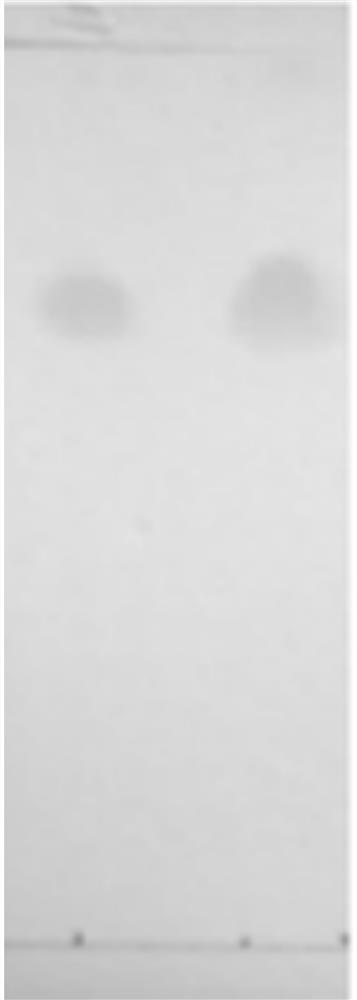A method for extracting phytol from marine coccidioides
A technology of marine coccus algae and phytol, which can be used in the separation/purification of hydroxyl compounds, organic chemistry, antitumor drugs, etc., and can solve problems such as less research.
- Summary
- Abstract
- Description
- Claims
- Application Information
AI Technical Summary
Problems solved by technology
Method used
Image
Examples
Embodiment 1
[0023] Embodiment 1 A method of extracting phytol from marine coccidioides
[0024] The invention discloses a method for extracting phytol from marine coccidioliths, which comprises the following steps: extraction with ethyl acetate; primary chromatography with a reversed-phase silica gel column; secondary chromatography with a reversed-phase silica gel column; Sephadex LH-20 was used for chromatography; normal phase silica gel column was used for chromatography; phytol was extracted from marine coccidioides by PTLC preparation method.
[0025] As a preferred mode of embodiment, the above-mentioned method for extracting phytol specifically includes the following steps:
[0026] Step 1. Preparation of the ethyl acetate phase extract of marine coccidioides: first leaching with ethanol solution to obtain ethanol extract, then extracting with ethyl acetate as the extraction agent, combining the extracts, concentrating under reduced pressure to obtain marine coccolithophores Algae...
Embodiment 2
[0038] Example 2 Cytotoxic activity experiment
[0039] a. Cell cryopreservation:
[0040] Prepare 10% DMSO calf serum cryopreservation solution; take LO2 and Hep G2 cells grown in logarithmic phase, digest monolayer growing cells with trypsin; centrifuge at 1000rpm for 5min; remove supernatant, add new cryopreservation solution; aliquot Put the name and time in the cryopreservation tube; put the cryopreservation tube containing the cells in a -20°C refrigerator for 2 hours, then put it in a -70°C refrigerator overnight, quickly take out the cryopreservation tube, and transfer it to liquid nitrogen for cryopreservation .
[0041] b. Cell recovery:
[0042] Take out the cell cryopreservation tube from liquid nitrogen, thaw it quickly in a 37°C water bath, and control this process within 1 minute; suck out the cell suspension into the centrifuge tube and add 10 times the medium, mix gently; centrifuge at 1000rpm for 5min; Pour off the supernatant, wash again, count on a hemoc...
PUM
 Login to View More
Login to View More Abstract
Description
Claims
Application Information
 Login to View More
Login to View More - R&D
- Intellectual Property
- Life Sciences
- Materials
- Tech Scout
- Unparalleled Data Quality
- Higher Quality Content
- 60% Fewer Hallucinations
Browse by: Latest US Patents, China's latest patents, Technical Efficacy Thesaurus, Application Domain, Technology Topic, Popular Technical Reports.
© 2025 PatSnap. All rights reserved.Legal|Privacy policy|Modern Slavery Act Transparency Statement|Sitemap|About US| Contact US: help@patsnap.com


